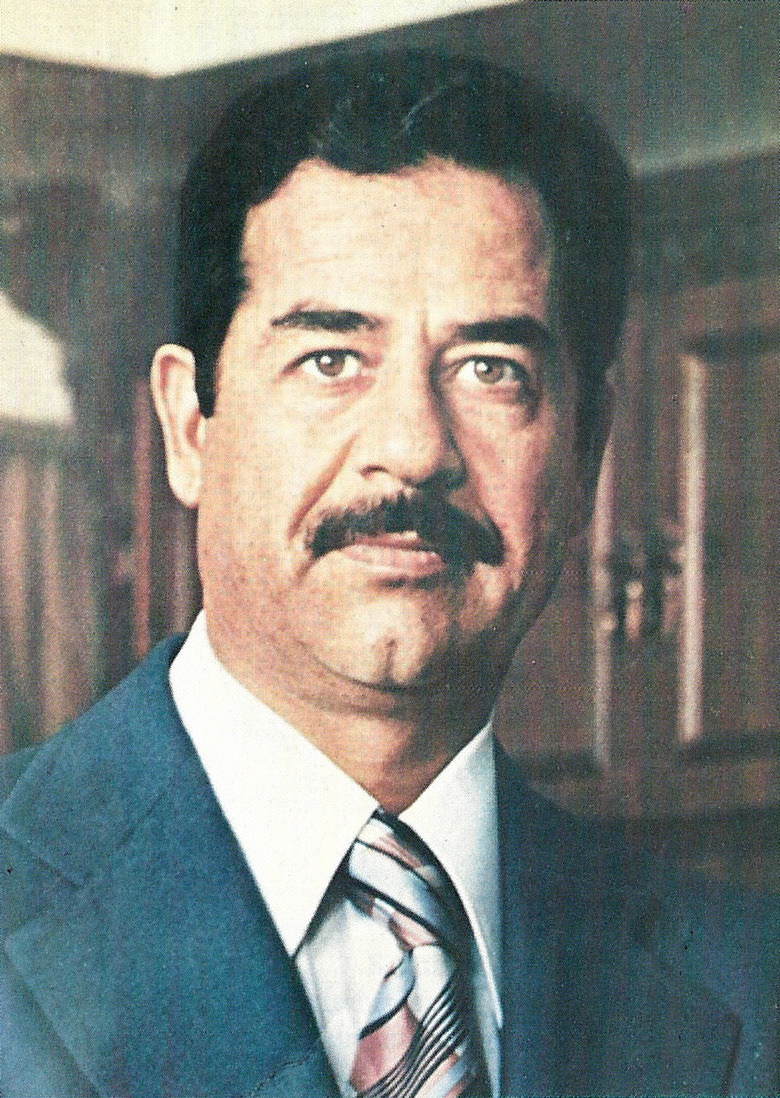image source: https://commons.wikimedia.org
Saddam Hussein, the former dictator of Iraq, has been a controversial figure in world history. Known for his ruthless rule and involvement in multiple wars, Saddam’s reign was marked by fear and violence. Despite his notoriety, many still wonder, who is Saddam? In this article, we will delve into the life and legacy of Saddam Hussein, shedding light on the man behind the infamous name. From his rise to power to his downfall, let’s explore the fascinating story of who is Saddam.
Uncovering the Truth Behind Who Saddam Hussein Really Was
Saddam Hussein was a complex and controversial figure in history, known for his brutal rule of Iraq and involvement in multiple wars and conflicts. However, there is much more to his story than what is commonly portrayed in the media. In order to truly understand who Saddam Hussein was, it is important to uncover the truth behind his actions and motivations.
Born in the village of Al-Awja, Iraq in 1937, Hussein grew up in poverty and faced numerous challenges in his youth. He was raised by his mother after his father abandoned the family, and was heavily influenced by his uncle who was a member of the Ba’ath Party, a socialist political organization. As a young man, Hussein was involved in political activism and was arrested multiple times for his involvement in anti-government activities.
Hussein’s rise to power began in the late 1960s when he became a leading member of the Ba’ath Party and played a key role in the party’s coup d’état in 1968. He quickly rose through the ranks and became the vice chairman of the Revolutionary Command Council, essentially making him the second most powerful person in Iraq. In 1979, Hussein seized control of the government and declared himself President of Iraq, a position he would hold for the next 24 years.
During his rule, Hussein implemented numerous policies that were aimed at modernizing and strengthening Iraq. He invested heavily in infrastructure, education, and healthcare, and nationalized many industries to boost the economy. However, his regime was also marked by severe human rights abuses, with reports of torture, execution, and suppression of political dissent.
One of the most infamous events of Hussein’s rule was the Iran-Iraq War, which lasted for eight years and resulted in the deaths of hundreds of thousands of people. Hussein’s decision to invade Iran was motivated by a desire to gain control of the oil-rich region of Khuzestan and assert Iraq’s dominance in the region. The war was also fueled by religious and ethnic tensions between the two countries.
Hussein’s involvement in the Gulf War in 1990 further cemented his reputation as a ruthless dictator. He invaded Kuwait, claiming it as part of Iraq’s territory, and defied international calls to withdraw. This led to a coalition of countries, led by the United States, launching a military offensive against Iraq, ultimately resulting in Hussein’s defeat and withdrawal from Kuwait.
Despite the numerous controversies surrounding his rule, Hussein maintained a strong grip on power until 2003 when the United States, under the pretext of eliminating weapons of mass destruction, launched a full-scale invasion of Iraq. Hussein’s regime was quickly toppled, and he was captured and later executed by the new Iraqi government in 2006.
In conclusion, while Saddam Hussein is often portrayed as a brutal dictator and warmonger, his story is much more complex. He was a product of his upbringing and political environment, and his actions were motivated by a mix of personal ambition, regional power dynamics, and ideological beliefs. By uncovering the truth behind his actions, we can better understand the complexities of his rule and the impact he had on Iraq and the world.In conclusion, it is clear that Saddam Hussein was a divisive and controversial figure in history. Despite his brutal actions and human rights violations, he remains a significant figure in the political landscape of the Middle East. His downfall and eventual execution serve as a cautionary tale of the consequences of abuse of power and dictatorship. Whether viewed as a dictator or a leader, there is no denying the lasting impact of Saddam’s rule on the region. As time goes on, his legacy and actions will continue to be studied and debated by historians and political analysts.
